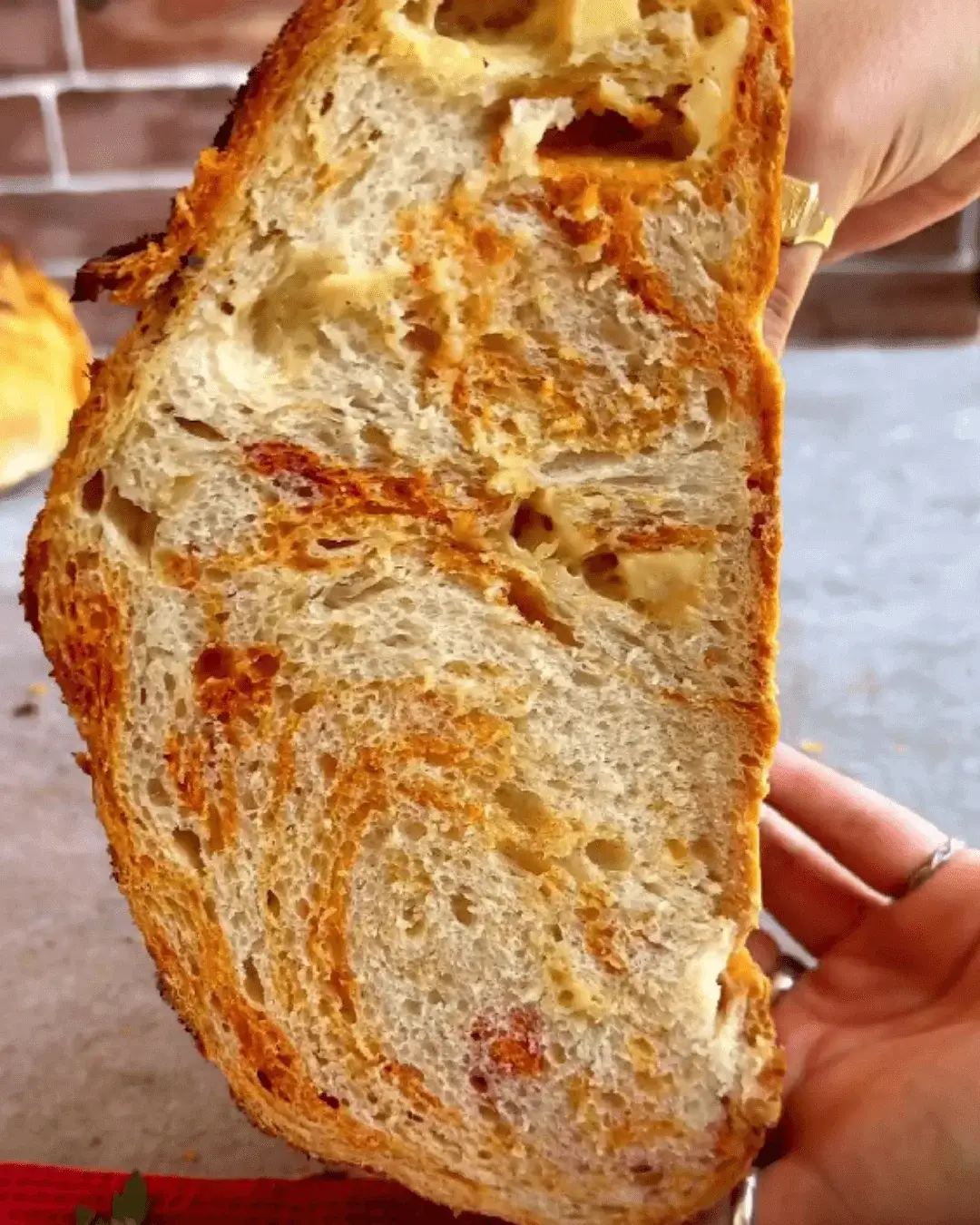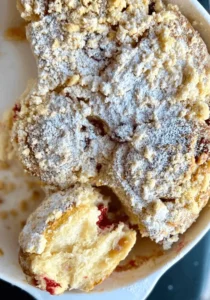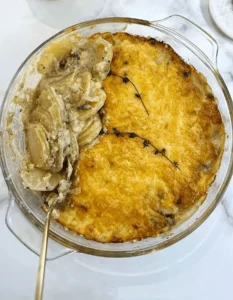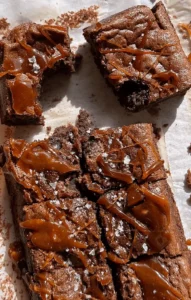Homemade Paprika Bread with Gouda Cheese for a Delicious Meal
INGREDIENTS
- ½ cup/120 milliliters cold water
- 1 tablespoon/10 grams dry yeast
- 1 tablespoon/10 grams sugar
- 1 cup/240 milliliters cold water
- ¼ cup/60 milliliters olive oil
- 4 cups+ 2 tablespoons/580 grams bread flour
- 1 heaping tablespoon/15 grams salt
- 1 heaping tablespoon sweet/smoked paprika
- 5.3 ounces/150 grams Gouda cheese, cubed
INSTRUCTIONS
- In a small bowl, place the 1/2 cup of water, yeast, and sugar. Mix well to dissolve and set aside for ten minutes.
- In a large bowl, place the remaining water, olive oil, yeast mixture, flour, and salt. Mix with a spoon (you can also use your hands) just until a dough forms (it’s okay if it’s not smooth, as long as all the ingredients are combined and no flour remains in the bowl).
- Grease a bowl, place the dough in it, and cover. After 30 minutes, fold the dough from four sides to release the air. Cover and let it sit for another 30 minutes.
- Add the paprika and Gouda, release the air from the dough, and fold again. Take the dough out of the bowl and stretch it slightly on the counter to form a round and smooth ball. Place it on a baking sheet and cover for another 40 minutes of rising.
- Meanwhile, heat the oven to 482°F (250°C), and place a cast-iron pot with its lid inside to preheat. After the final rise, dust the top of the dough with a bit of paprika and score it with a blade. Carefully remove the hot pot from the oven, remove the lid, place the bread with the baking paper inside, and cover with the lid. Return to the oven and bake for 25 minutes.
- Remove the lid, lower the oven temperature to 338°F (170°C), and bake for an additional 30 minutes.
- Take the bread out of the oven, carefully remove it from the pot, and place it on a rack to cool completely. Slice and serve.
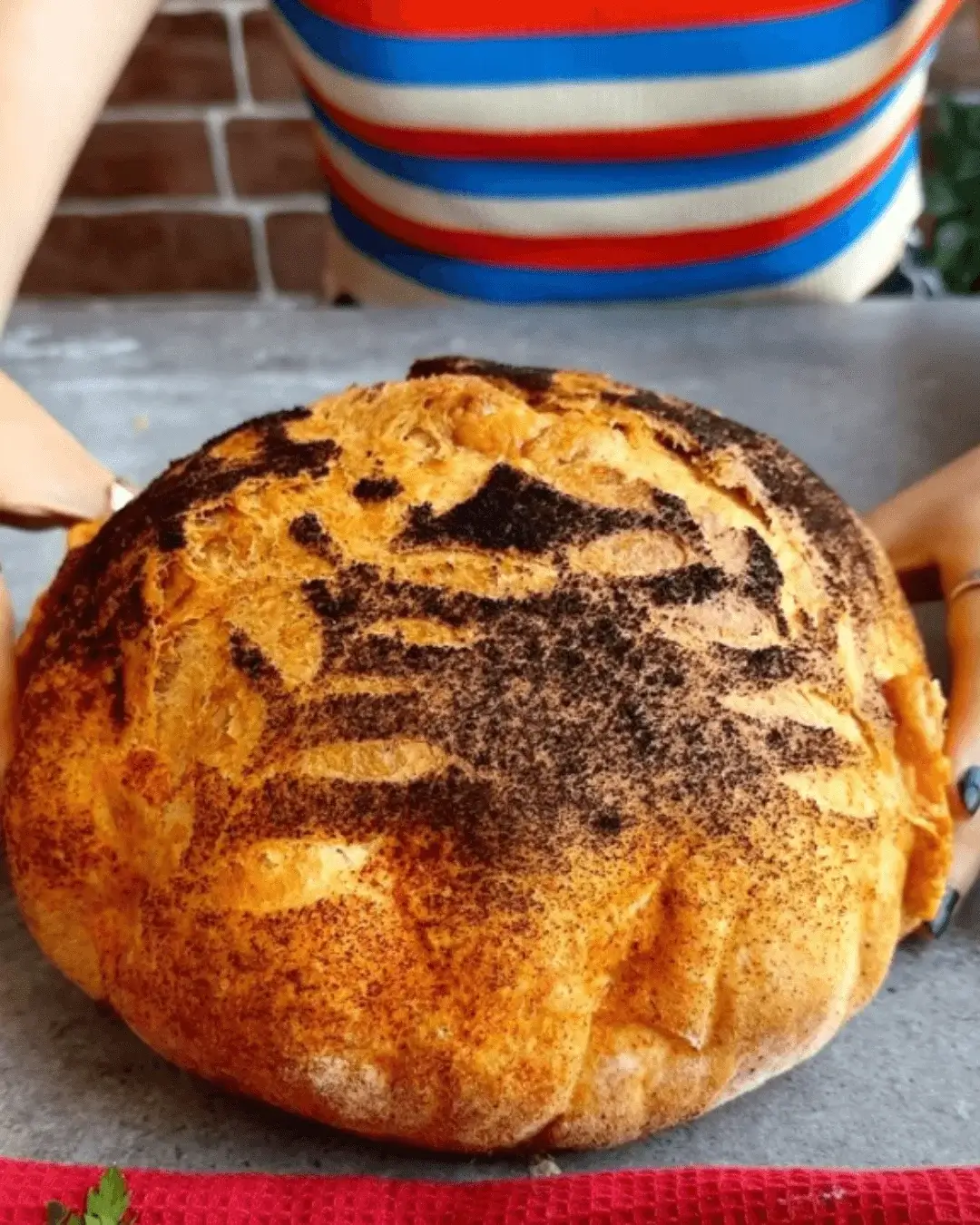
FAQ
How to make this paprika bread using fresh yeast
You can use fresh yeast instead of dry yeast in this paprika bread recipe. Fresh yeast typically requires a conversion factor since it’s less concentrated than dry yeast. For this recipe, which calls for 10 grams (1 tablespoon) of dry yeast, you would need about 30 grams of fresh yeast. To use fresh yeast, crumble it into the water and sugar mixture, ensuring it fully dissolves before proceeding with the recipe.

Other type of cheese you can use instead of Gouda
You can use cheeses like cheddar, mozzarella, or Gruyère are good alternatives, each bringing a unique flavor and texture to the bread. Ensure the cheese you choose melts well and complements the paprika.
How do I know when the dough has risen enough?
To know if the dough has risen enough, use the “finger dent test.” Gently press your finger into the dough; if the indentation remains and slowly springs back, the dough is ready. Another indicator is doubling in size, which usually takes about an hour to an hour and a half, depending on room temperature. The dough should feel soft, airy, and slightly puffy. Properly risen dough ensures a lighter, more flavorful bread with better texture.

Can I make this paprika bread without a cast iron pot?
You can se a Dutch oven, a heavy ceramic pot, or a baking stone with a metal baking pan filled with water placed on the oven’s bottom rack to create steam. If using a baking stone, preheat it with the oven. The goal is to replicate the steam and even heat distribution of a cast-iron pot, which helps create a crispy crust and tender interior. Ensure your substitute pot has a tight-fitting lid to retain moisture during the initial baking phase, and follow the recipe as directed.

Can I use a different oil for this recipe?
You have options like canola oil, vegetable oil, or avocado oil work well as they have a neutral flavor and similar baking properties. If you prefer a more distinct taste, try using flavored oils like garlic or rosemary oil. Just ensure the oil you choose has a high smoke point suitable for baking at the recipe’s temperature. This flexibility allows you to adjust the flavor to your preference.
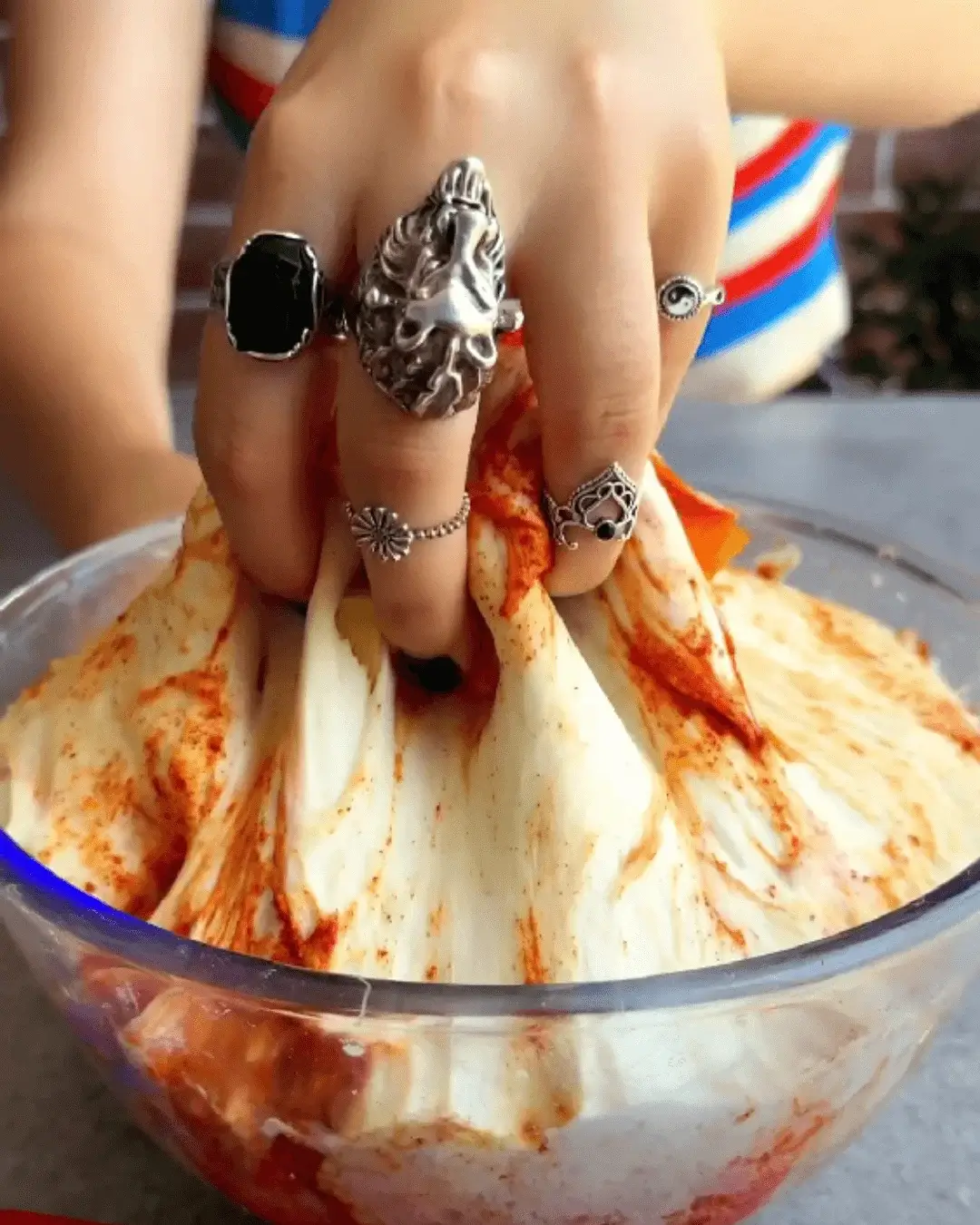
What can I do if my dough is too sticky or too dry?
Gradually add small amounts of flour, kneading until it becomes manageable. Avoid adding too much flour at once to prevent a dense texture. If the dough is too dry, add water a tablespoon at a time, kneading thoroughly until it reaches the desired consistency. Proper hydration is key for a good rise and texture. Adjusting the dough’s consistency ensures it is easier to work with and results in better bread quality.
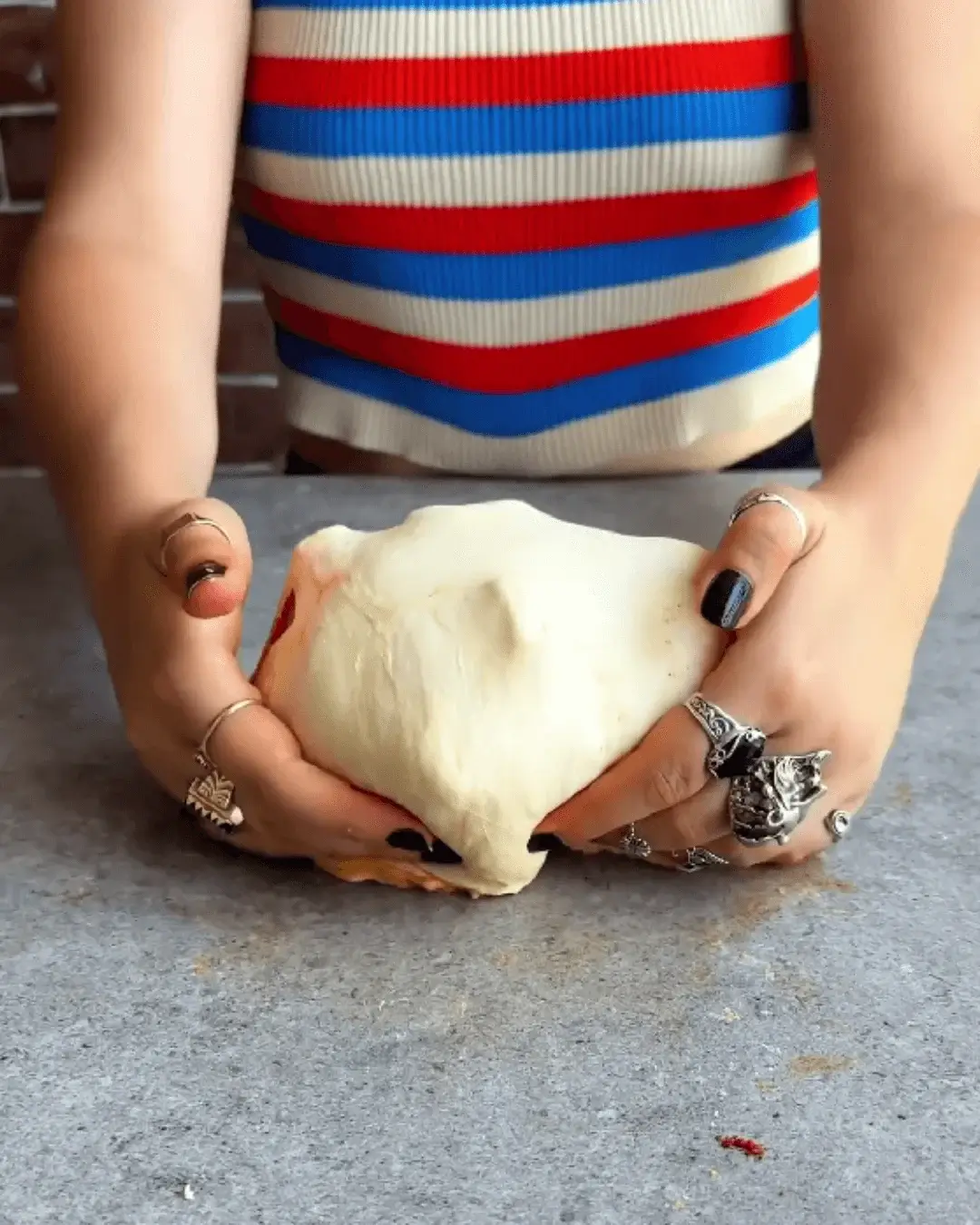
How to store the paprika bread to keep it fresh
Wrap it in a clean kitchen towel to maintain the crust’s texture. Avoid using plastic bags, as they trap moisture and make the crust soggy. For longer storage, you can freeze the bread: slice it first for convenience, wrap it tightly in plastic wrap or aluminum foil, and place it in a resealable freezer bag. Thaw at room temperature or reheat directly from frozen in the oven.
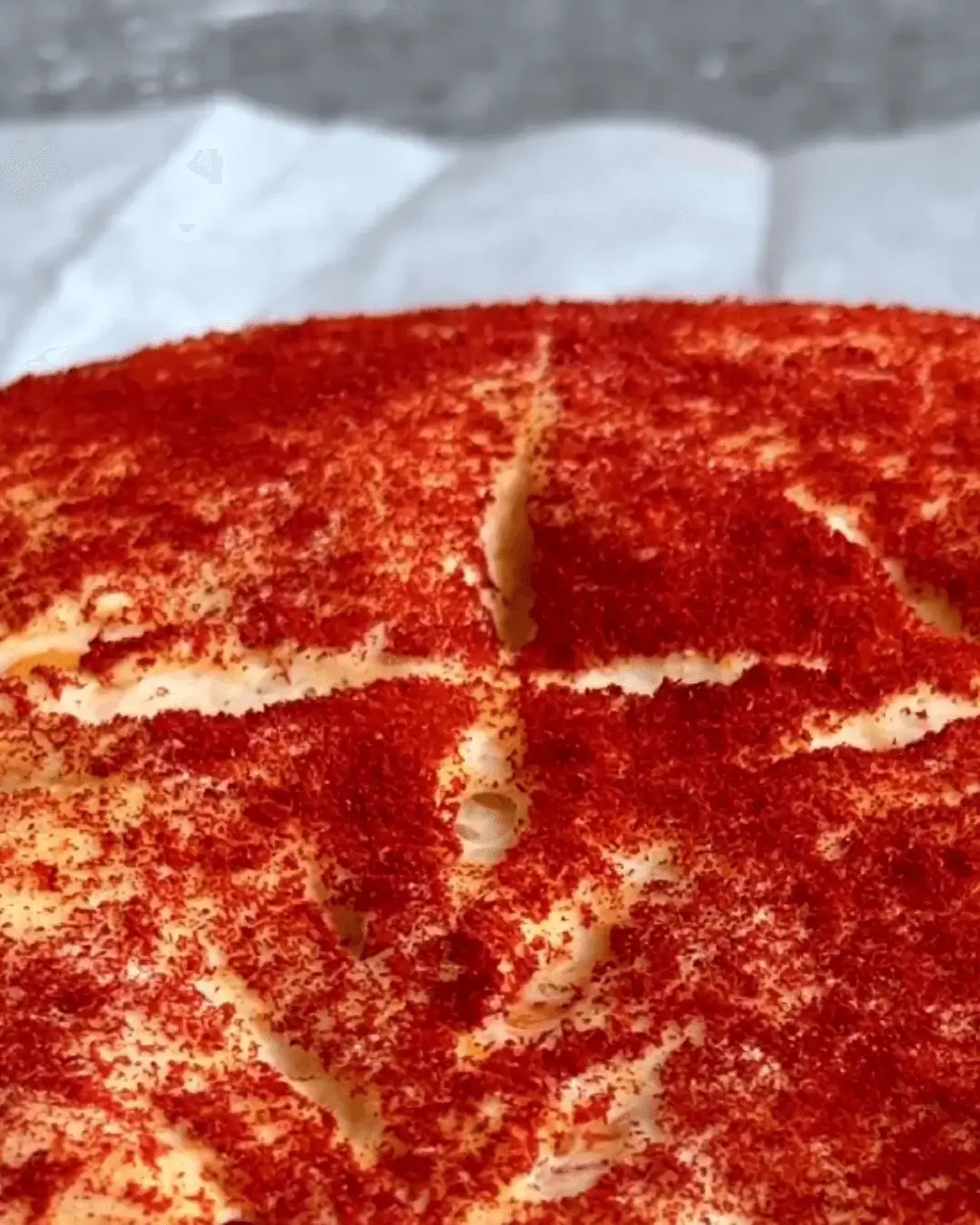
Best way to reheat the paprika bread
The best way to reheat cooled bread is to preheat your oven to 350°F (175°C). Wrap the bread in aluminum foil to prevent it from drying out, and place it directly on the oven rack. Heat for about 10-15 minutes, or until the bread is warmed through. If you prefer a crispy crust, unwrap the bread for the last few minutes of heating. This method preserves the bread’s texture and flavor, making it taste freshly baked.
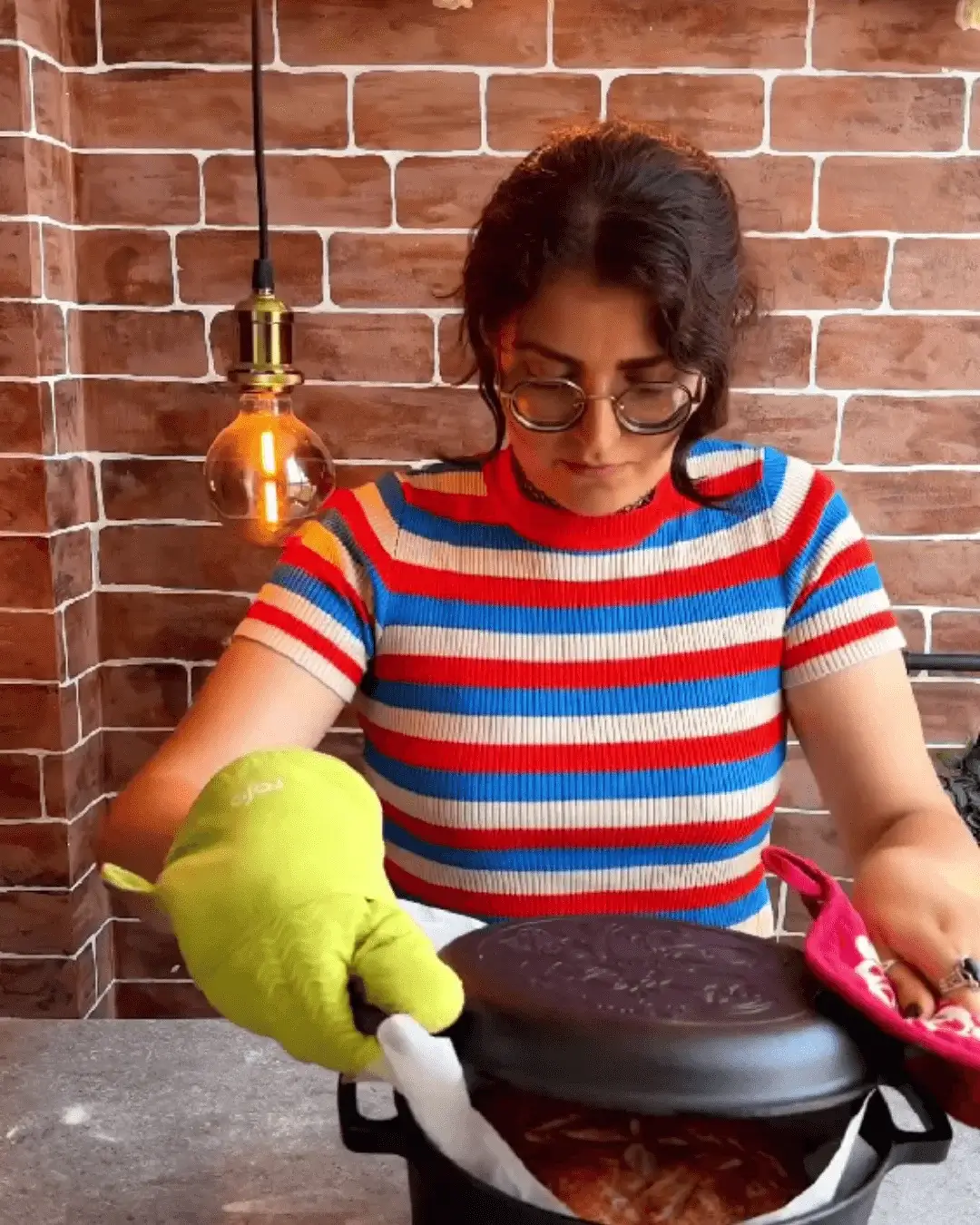
Can I freeze the dough or the baked bread for later use?
Yes, you can freeze both the dough and the baked bread for later use. To freeze the dough, shape it into a ball, wrap it tightly in plastic wrap, and place it in a resealable freezer bag. Thaw in the refrigerator overnight before using. For baked bread, let it cool completely, then wrap it in plastic wrap or aluminum foil and place it in a resealable freezer bag. Thaw at room temperature or reheat in the oven directly from frozen.
How can I tell if the bread is fully baked?
To tell if the bread is fully baked, check the internal temperature with an instant-read thermometer; it should read around 200-210°F (93-99°C). Alternatively, tap the bottom of the bread—if it sounds hollow, it’s done. The crust should be golden brown and firm. For visual cues, the bread should have risen well and feel lighter than its size suggests. Ensure thorough baking to avoid a gummy interior, resulting in a perfectly textured loaf.
